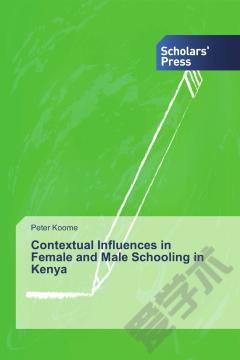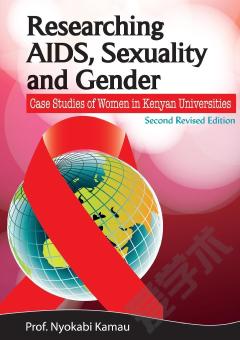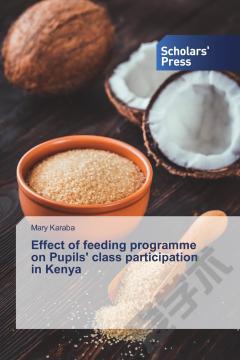Contextual Influences in Female and Male Schooling in Kenya
This book is based on a study that sought to understand the role of household and community factors in male and female educational attainment in two rural districts in Kenya. The study focused on four educational transitions, namely: non-entry into formal education; dropout prior to completion of primary school among children who ever attended school; exit after completion of primary school; and high school dropout. Householdâs economic ability as measured by wealth index (computed from household ownership of durable goods and assets using principal components analysis) emerged as the most powerful explanatory factor in all the educational transitions. At the community level, district of residence is the strongest predictor of dropping out of school before completion of the primary level of education. However, the variable is not a powerful predictor of exiting after completing the primary level. Female respondents have 43 percent lower odds for dropping out of school during primary school years relative to male respondents but they have higher odds for dropping out of school after completion of the primary level.
{{comment.content}}








 京公网安备 11010802027623号
京公网安备 11010802027623号